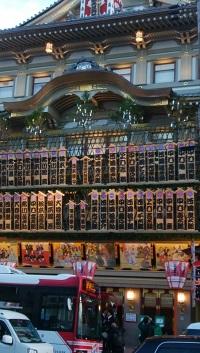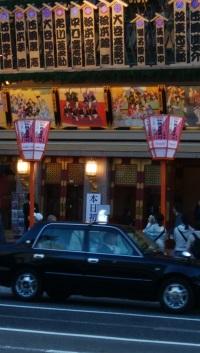old calendar October 12 is November 19 in the new calendar. It is also called "Momo Blue Anniversary" or "Shirai Anniversary", so the lunar calendar is certainly perfect as a seasonal feeling. "Momo blue" is the haiku name before the name of Basho. Basho's monument is located at the storefront of Funasa Nihonbashi, a long-established store of Tsukudani. There is also an explanation board next to it, `` Basho, who went to Edo from Iga Ueno at the age of 29 in 1662, 1672, was here in Odawaracho (currently Muromachi 1-chome) for eight years from 1680 to 37 years old in 1680. Taro Ozawa (the owner of the Omachi, the Basho Monjin haiku poet) is known). During this time, when I was attracted to the catch of "The truth of the Basho Ninja theory?", I was reading the best-selling "Japanese history of shadows" (Michiji Isoda, Kozaburo Arashiyama), according to the legend, "Basho went to Edo to become a master of haikai," but in fact the Todo family, who served, came to the restoration of Kanda Josui. With the connection of the Todo family, the number of disciples of haikai, who lived in Nihonbashi and had been an extra skill, increased." You can certainly feel the authenticity of this theory. stone monument's explanation also stated, "The phrase describing the spirit of Yingshu as an independent master of haikai in 1678 and as a New Year master of the following year." Earlier, I read "The History of the Creation of this Monument" in Nikkei and remembered that "the long-established people are amazing, Ryuishi Nihonbashi".
Speaking of which, there is also an explanation board for "Night Hantei-Buson Yosa Residue" in Buson. Just on the other side of the street of the antenna shop in Fukushima Prefecture, along with the signboard of Minato Bank, it is lined with the explanation board of "Kunimachi Bell". "Night half-tei is a hermitage connected by the teacher Hajin Hayano to the bell at Kokumachi. The young Buson lived as an inner apprentice under the name of "Sazaimachi". Six years later, in 1742, Tomoe died in 1742, and one family broke up and left Edo. " It's amazing that two of the three haiku poets in Edo lived in Nihonbashi.



